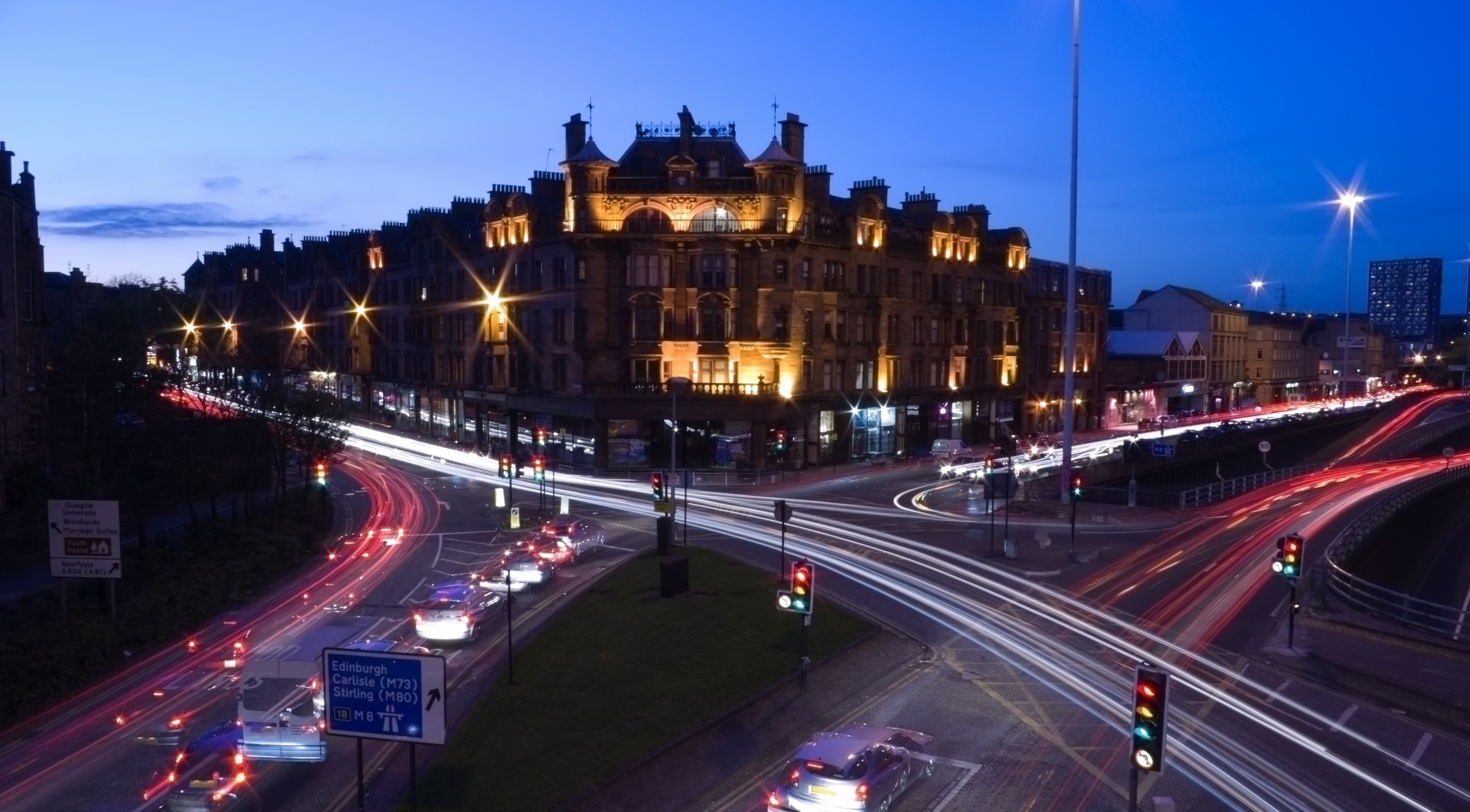5 Fuel-Saving Driving Tips You Need To Try

Whether your car runs on petrol, diesel, or electricity, we’re always looking for new ways to save cash on fuel!
Particularly for those regularly on the road or driving long distances, every penny counts when deciding where to fill your car up.
However, while you should still shop around and compare prices at local petrol stations, there are other ways to reduce the amount of money you’re spending on fuel.
Continue reading, below, for five expert fuel-saving driving tips.
1. Avoid high speeds
Adhering to the speed limit not only keeps everyone safe on the road but will also help you save money on fuel.
While every car is different, most models see a significant decrease in fuel economy when driving at speeds above 50mph. If you’re driving an electric or hybrid vehicle, it’s recommended that you drive at 40mph for more efficient power usage, allowing you to travel further on a full charge.
So, although you may think that driving as quickly as possible will help reduce the amount of fuel used, it’s much more efficient to drive conservatively on roads.
2. Measure tyre pressure monthly
Tyre pressure can significantly impact both the efficiency of a car and the lifespan of the tyres themselves. While estimates vary, it has been reported that underinflated tyres can significantly increase the consumption of fuel or energy.
Therefore, it’s a good habit for both your car and expenses to measure tyre pressure at least once a month. If you do find your tyres are underinflated, head to your nearest fuel station to bring them up to the right pressure level.
3. Avoid harsh acceleration
When accelerating, the more frequently you press down on the pedal, the more fuel or energy you will use.
For example, cruising at 50mph is the most economical way to drive (or 40mph for electric and hybrid vehicles), keeping a light touch on the acceleration pedal. However, if you’re stuck in stop-start traffic and constantly speeding up harshly, just to slow down, you’re burning through fuel unnecessarily.
So, always try to take your time when pushing down on the pedal. Not only will you save on fuel costs or energy bills, but building speed gradually will make for a smoother, steadier journey for you and any passengers. Everyone, including your bank account, will be much happier for the change!
4. Turn off the AC
The covert culprit of heavy consumption, the air conditioning can be a significant drain on fuel or energy. In some cases, blasting the AC can add as much as 10% to your fuel consumption.
Whether on a cool or warm setting, try to avoid using the air con in your car as much as possible. Wind your windows down in summer or pop on an extra layer during the chillier months. You should also check that the AC isn’t coming on automatically when you start the ignition, without you realising.
For electric vehicles, you need to be especially vigilant. In extremely cold temperatures, heating up the cabin can drain as much as 25% of the car’s energy!
5. Prevent idling where possible
Engine idling is perhaps the biggest offender when it comes to wasted fuel or energy consumption. This is when you sit in a stationary car with your engine running, typically in standstill traffic.
To avoid burning through as much fuel in your daily commute, turn off the car’s engine when it comes to a stop. Some car models even have a seamless stop/start system that automatically turns the vehicle’s engine off when it comes to a complete stop.
It’s also worth using a GPS app with live traffic updates to plan a route with minimal disruption. The less time you are sitting in a stationary car with the engine running, the better!
Now you know five easy ways to reduce your fuel usage, you might want to consider browsing Macklin Motor’s range of new and used cars to find a more fuel-efficient motor. Alternatively, you can read our blog post on the factors that drain an electric vehicle’s driving range.